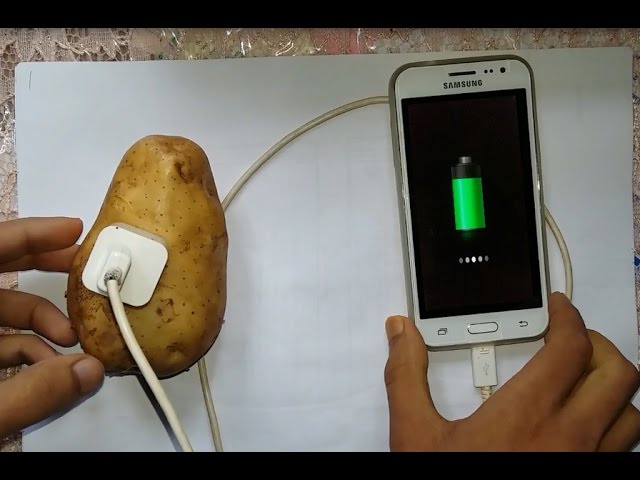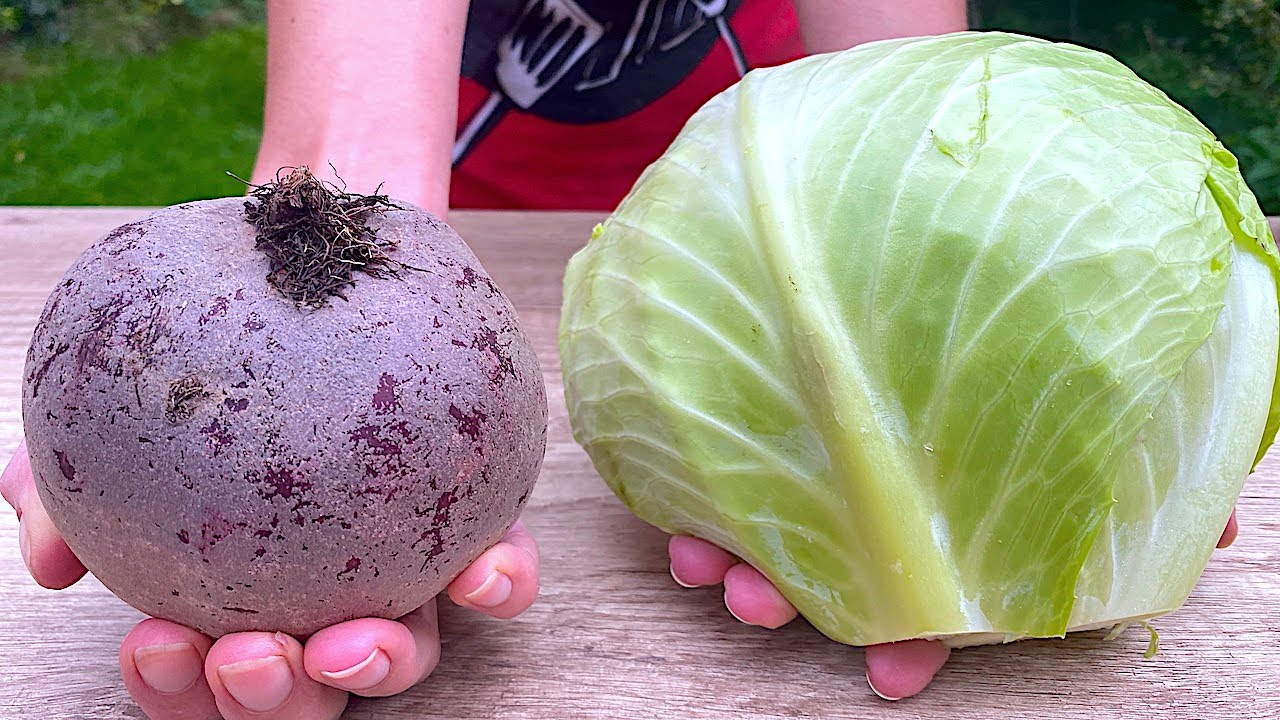
It might sound like science fiction, but you can actually use a potato to generate enough electricity to charge a mobile device. This simple and fun experiment demonstrates the basics of how a battery works, using common household items. Here’s a step-by-step guide to making a mobile charger using a potato.
Materials You’ll Need
-
2 large potatoes
-
2 copper rods or pennies (one for each potato)
-
2 zinc nails or galvanized nails (one for each potato)
-
3 alligator clip wires
-
USB charging cable
-
Multimeter (optional, for measuring voltage)
How It Works
The science behind this project involves a chemical reaction between the copper and zinc in the presence of the potato’s electrolytes. This reaction creates a flow of electrons, generating a small amount of electrical current.
Step-by-Step Instructions
-
Insert the Metals: Insert one copper rod (or penny) and one zinc nail into each potato. Make sure they are placed at opposite ends of the potato and do not touch each other. These will act as the positive and negative terminals of your battery.
-
Connect the Potatoes: Use an alligator clip wire to connect the copper rod of the first potato to the zinc nail of the second potato. This connection will link the two potatoes in series, combining their voltage output.
-
Prepare the Charging Cable: Cut the USB charging cable, exposing the inner wires. You will typically find four wires inside: red (positive), black (negative), and two others (usually green and white for data, which are not needed for charging).
-
Connect to the Potatoes: Attach the free copper rod in the first potato to the red wire of the USB cable using an alligator clip. Then, connect the free zinc nail in the second potato to the black wire of the USB cable with another alligator clip.
-
Test the Voltage (Optional): If you have a multimeter, measure the voltage across the USB wires to ensure you are getting an output. Ideally, you should get around 1.5 to 2 volts per potato, combining to about 3-4 volts, which might be sufficient to charge a small device or light up a small LED.
-
Charge Your Device: Plug the USB end of the cable into your mobile device. The device should start charging if everything is connected correctly and the voltage is sufficient.
Tips and Considerations
-
Patience: This setup will not charge your device as quickly as a standard charger. It’s more of a fun science experiment to understand the principles of electricity.
-
Safety: Handle the wires and connectors carefully to avoid short circuits.
-
Experiment: Try using more potatoes or different fruits and vegetables to see which produce the best results.
Final Thoughts
Creating a mobile charger with potatoes is a fascinating way to explore the basics of electricity and chemical reactions. While it’s not a practical everyday charging solution, it’s an excellent educational tool and a fun project to try. Enjoy experimenting and discovering the potential of everyday items like potatoes!





